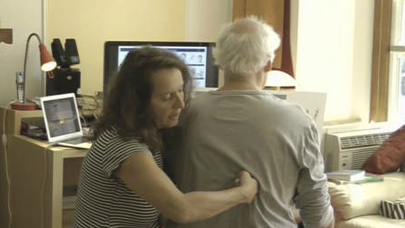
The dynamic move
The dynamic move of Dynamic DNM is very unusual. It is through this move that Ruffini's corpuscles and Pacini's corpuscles are recruited. One part of the move is slow and rotating while the other is fast and dynamic; thus, the whole gesture will have consequences at the CNS level. The receiving fields will be taken into account when performing the moves.
Positioning of the patient
With DNM, the patient is placed in the most comfortable way, then the skin is stretched in the direction where the pain decreases. With Dynamic DNM, the patient is placed in the uncomfortable (but not painful) position: so the skin is already stretched! Then we make movements that will also stretch the skin... The cutaneous reflex methods are the ones we must learn and understand: they are the ones that give the best results for any muscular or joint « blockage ».

In relation to homœostasis
My work as an instructor forces me to keep looking and learning. So one day I discovered the scientist A.D. Craig and I became very much fascinated. In 2015, I prepared a series of small lectures that I presented in English and French to different groups of therapists. We're slowly moving into neuroscience, but surely.
Perhaps have you already heard about the line drawings in connection with homoeostasis? Here's the original video. It is only in French, for now.


